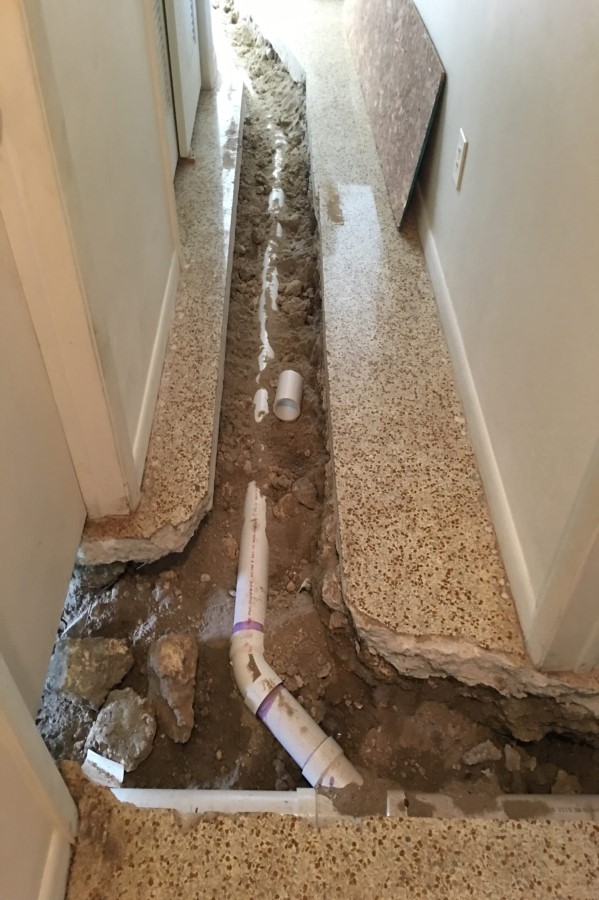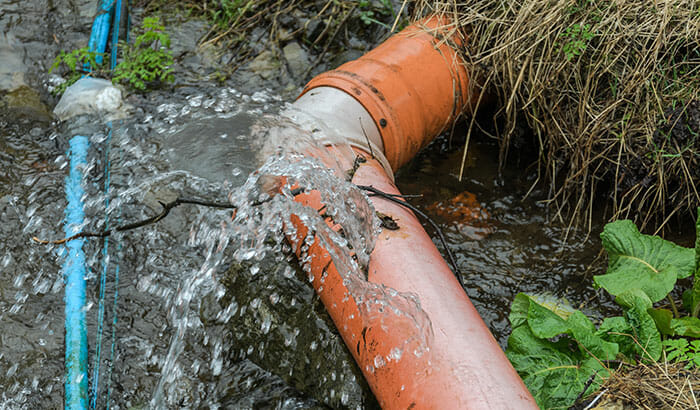Protecting Against Burst Pipeline: Necessary Tips to Protect Your Plumbing
Stopping ruptured pipes is a crucial problem for house owners, particularly during colder months when the threat of cold is enhanced. Executing calculated procedures such as proper insulation, regular assessments, and maintaining regular interior temperature levels can substantially lower the chance of pipe failure.
Understand Pipeline Vulnerabilities
Understanding pipeline susceptabilities is important for effective pipes upkeep and avoiding costly damages. A number of aspects contribute to the sensitivity of pipelines to ruptureds, consisting of product structure, age, and environmental problems. Older pipes, especially those made from galvanized steel or polybutylene, often weaken in time, resulting in increased danger of leakages and tears.
Temperature level changes can additionally dramatically influence pipe honesty. In colder environments, water trapped in pipelines can freeze, exerting and expanding pressure on the pipeline walls, which might inevitably result in a burst. High water stress can strain pipes, particularly at joints and bends, heightening the probability of failing.

Insulate Water Lines Correctly
Appropriate insulation of pipelines is critical for protecting against freezing and succeeding ruptureds during winter (burst pipe). Insulating your pipes system effectively safeguards against temperature level goes down that can cause expensive damage. Begin by identifying prone areas where pipes are exposed to outdoor temperature levels, such as basements, attics, and exterior wall surfaces
Use foam pipe insulation sleeves or cover insulation tape around these locations to supply a protective barrier. Guarantee that all sections of the pipelines, particularly those with restricted heat exposure, receive ample insulation. Pay special interest to fittings and joints, as these are extra prone to cold.
When shielding, it's vital to select materials that satisfy neighborhood building regulations and are suitable for the particular atmosphere. For circumstances, fiberglass insulation is commonly suggested for its thermal resistance residential properties - burst pipe. In addition, think about utilizing warmth cable televisions or tape in extreme problems, which can be plugged in to provide supplemental heat
Routinely check protected pipes for any indicators of wear or damages, as compromised insulation can reduce its effectiveness. By taking these proactive actions, you dramatically decrease the danger of pipeline ruptureds, making sure a reliable pipes system throughout the cold weather.
Maintain Consistent Temperature Level
A steady interior temperature level is necessary for stopping burst pipes during the frigid months. When temperatures decrease, water within pipes can freeze, broadening and producing stress that may eventually trigger the pipelines to burst.Using a programmable thermostat can aid manage indoor temperatures efficiently, making sure that rooms with plumbing remain cozy also when the residence is unoccupied.
Additionally, it is sensible to permit taps to leak somewhat during severe cold snaps. This minor flow of water can protect against freezing by alleviating pressure within the pipelines. In addition, throughout particularly extreme weather condition events, take into consideration momentarily putting on hold any nighttime obstacles on your thermostat to keep a stable warm environment. By carrying out these methods, property owners can considerably minimize the risk of pipeline ruptureds and secure their pipes systems against the rough winter season elements.
Routinely Examine Pipes
Normal evaluations of pipes systems are important for protecting against burst pipes and keeping total home stability. Routine checks allow home owners to determine prospective issues prior to they intensify right into costly repairs or significant water damages. During these inspections, it is necessary to check out visible pipes for indications of corrosion, leakages, or use. Pay special focus to areas prone to freezing, such as cellars, attic rooms, and exterior walls.
Additionally, checking connections and joints is essential, as these points are often prone to leaks. Homeowners must likewise assess water pressure degrees, as excessive stress can stress the plumbing system and boost the threat of pipeline ruptureds.
Consider organizing expert plumbing evaluations at the very least yearly, especially before winter season, to guarantee your system is planned for chillier temperature levels. Regular assessments not just assist in determining prompt issues however likewise foster long-lasting maintenance approaches that can enhance the life-span of your plumbing system. By being visit this site proactive in your approach, you can safeguard your home against the expensive and disruptive effects of ruptured pipes. Focusing on pipes assessments is a financial investment in your house's health and wellness.
Know Emergency Situation Procedures
Comprehending emergency procedures is crucial for every property owner, especially after conducting normal pipes evaluations. Being prepared for a pipes emergency can substantially minimize damage and save expenses.
Following, maintain crucial tools useful. A pipes emergency set ought to include a wrench, plunger, and towels, as well as a flashlight and a pail for small leaks. Furthermore, think about having the call details for a trusted plumbing conveniently offered, ought to the scenario escalate beyond your control.
If you detect a leak or ruptured pipeline, immediately switch off the water supply and alert your plumbing technician. Furthermore, document the damage with photographs for insurance policy purposes. burst pipe. Understand the signs of prospective pipes problems, such as uncommon water pressure changes or damp spots on wall surfaces
Ultimately, positive knowledge and swift activity are crucial in taking care of pipes emergency situations, ensuring your home continues to be secured and minimizing potential damage.

Conclusion
In conclusion, stopping ruptured pipelines demands a multifaceted technique that includes understanding pipeline vulnerabilities, correct insulation, keeping constant indoor temperatures, regular examinations, and understanding of emergency situation treatments. By carrying out these essential strategies, the risk of plumbing failings can be considerably decreased, thus ensuring the long life and performance of the pipes system. Proactive procedures not only safeguard versus possible damage however additionally add to overall water preservation and the protection of residential or commercial property.
In colder climates, water caught in pipes check out this site can freeze, applying and increasing pressure on the pipeline walls, which may ultimately lead to a ruptured. When temperatures decline, water within pipelines can freeze, producing and broadening pressure that may inevitably cause the pipes to ruptured. By carrying out these approaches, home owners can significantly decrease the threat of pipeline bursts and guard their pipes view website systems versus the rough winter season aspects.
